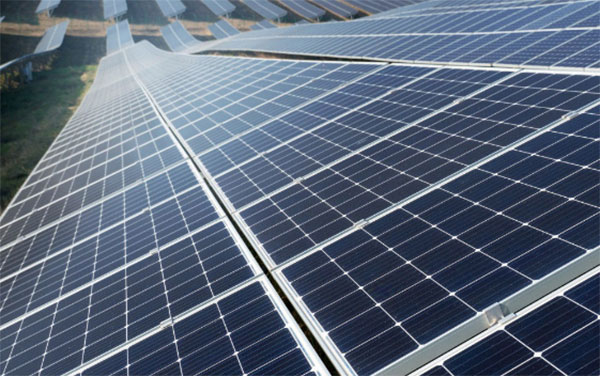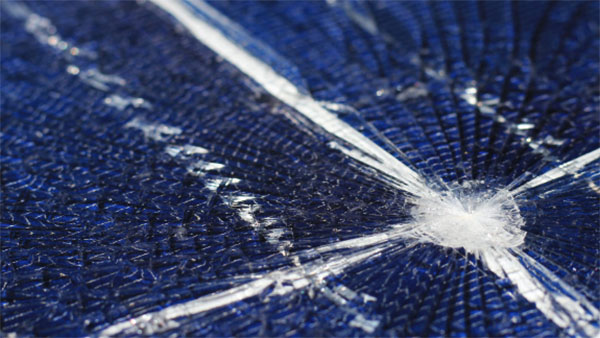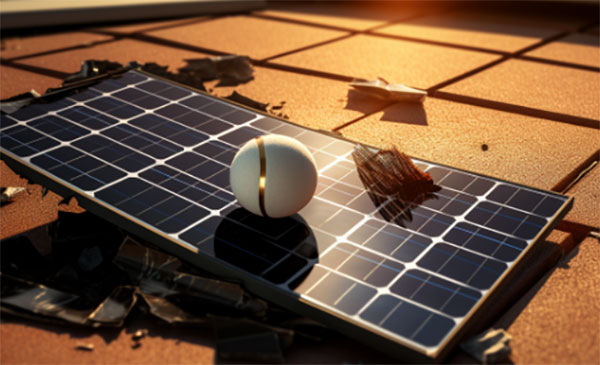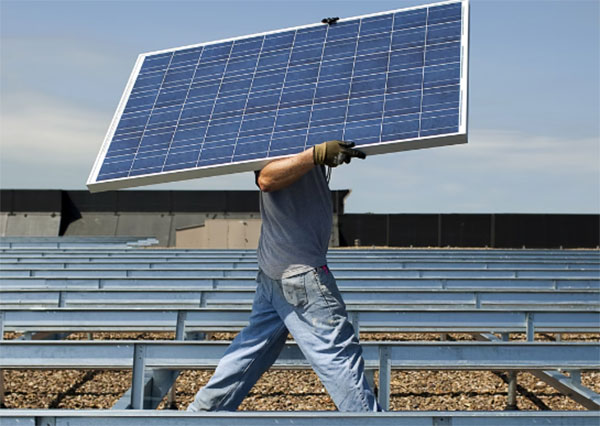Description
Yes, solar panels can crack from cold water due to thermal shock caused by rapid temperature changes.Understanding Solar Panel Construction
Solar panels, a cornerstone of renewable energy, harness sunlight to generate electricity. Their efficiency, cost, and durability hinge on their construction and the materials used.Materials Used in Solar Panels
Solar panels primarily consist of silicon, a semiconductor that converts light into electricity. Silicon comes in two main types: monocrystalline and polycrystalline. Monocrystalline silicon, known for its high purity and efficiency, can achieve efficiency rates of over 20%. However, it is more expensive due to the intricate manufacturing process. Polycrystalline silicon, while more affordable, offers slightly lower efficiency rates, typically around 15-17%. Other materials include glass to protect the silicon cells, aluminum frames for durability, and copper for wiring. The choice of materials directly influences the panel's quality, durability, and performance.How Solar Panels Are Made
The production of solar panels begins with purifying silicon, which is then sliced into thin wafers. These wafers are arranged into cells, which are the fundamental units of a solar panel. The cells are coated with a conductive material and encased in glass and a durable frame. This meticulous process ensures that each panel can efficiently convert sunlight into electricity.Typical Durability and Lifespan
Solar panels are designed for longevity, with most manufacturers offering a 25 to 30-year warranty. However, their lifespan can extend beyond 30 years if properly maintained. High-quality panels can maintain over 80% of their efficiency even after 25 years of operation. The cost of solar panels has significantly decreased over the past decade, making solar energy more accessible. As of now, the average cost for residential solar panel installations ranges from $15,000 to $25,000, depending on the system's size and specifications.Thermal Stress on Solar Panels
Definition of Thermal Stress
Thermal stress in solar panels refers to the stress exerted on the materials due to changes in temperature. This stress can lead to physical deformations, cracking, or other forms of damage. The effect is primarily due to the expansion and contraction of materials as they heat up during the day and cool down at night.Factors Contributing to Thermal Stress in Solar Panels
- Material Composition: Solar panels are made from various materials, including silicon cells, metal frames, glass covers, and plastic backings. Each material has a different coefficient of thermal expansion, leading to uneven expansion and contraction rates.
- Environmental Conditions: Extreme temperatures, rapid temperature changes, and high humidity levels can exacerbate thermal stress. In regions where temperatures can swing dramatically between day and night, solar panels are at a higher risk of experiencing thermal stress.
Examples of Thermal Expansion and Contraction
Case Study: Desert Solar Farm In a desert solar farm, daytime temperatures can soar above 40°C (104°F), while nighttime temperatures can drop below 10°C (50°F). These conditions create a significant risk for thermal stress due to the dramatic temperature shifts. Impact on Efficiency Thermal stress can also affect the efficiency of solar panels. High temperatures can reduce the efficiency of photovoltaic cells, a phenomenon known as the temperature coefficient. For example, a panel with a temperature coefficient of -0.5% per degree Celsius means that its efficiency will decrease by 0.5% for every degree above 25°C (77°F). Therefore, managing thermal stress is not only about preventing physical damage but also about optimizing the power output and longevity of the solar panels. Mitigation Techniques To mitigate the effects of thermal stress, manufacturers and installers use various techniques, such as using materials with similar coefficients of thermal expansion, employing stress-relief features like flexible mounting systems, and selecting materials that can withstand temperature extremes. The goal is to ensure that solar panels can endure the environmental conditions they will face over their expected lifespan of 20 to 30 years.Impact of Cold Water on Solar Panels
The interaction between cold water and solar panels can introduce various stresses that potentially lead to cracking. Understanding these impacts and the conditions that exacerbate them is crucial for maintaining the efficiency and longevity of solar installations.How Cold Water Can Cause Cracking
When cold water comes into contact with a heated solar panel, the sudden temperature change can cause thermal shock. This effect is due to the rapid contraction of the panel's materials, which can lead to micro-cracks or even significant cracking. The severity of cracking depends on factors such as the material composition of the panel, the temperature differential, and the panel's age.- Materials' Thermal Expansion Coefficient: Different materials expand and contract at different rates. Solar panels made with materials having high thermal expansion coefficients are more susceptible to cracking.
- Temperature Differential: A larger temperature differential between the panel's surface and the cold water increases the stress on the panel.
- Panel Age and Wear: Older panels or those with pre-existing micro-cracks are more likely to crack when subjected to thermal shock.
Conditions That Increase the Risk of Cracking
Several conditions can heighten the risk of solar panels cracking due to cold water exposure. Being aware of these can help in mitigating potential damage.- Environmental Temperature Fluctuations: Areas with wide temperature swings between day and night are more prone to incidents of thermal shock.
- Improper Installation: Panels not installed with adequate space for thermal expansion are at a higher risk.
- Quality of Materials: Panels constructed with low-quality materials that have poor thermal tolerance are more likely to suffer from cracking.
Preventative Measures to Avoid Cracking
To minimize the risk of solar panel damage from cold water, certain preventative measures can be implemented. These strategies aim to reduce the incidence of thermal shock and ensure the longevity of the solar panel system.- Use of Thermal Shock Resistant Materials: Opting for solar panels made from materials known to withstand rapid temperature changes.
- Proper Installation Techniques: Ensuring solar panels are correctly installed with enough space to accommodate thermal expansion and contraction.
- Regular Maintenance and Inspections: Conducting periodic checks for any signs of wear or micro-cracks that could be exacerbated by thermal shock.
Troubleshooting and Repairing Damaged Solar Panels
Maintaining the operational efficiency of solar panels is crucial for maximizing energy production and ensuring the longevity of the system. Identifying, troubleshooting, and repairing damages such as cracks or other forms of wear is essential for the health of solar installations.Identifying Signs of Cracking or Damage
To ensure the optimal performance of solar panels, it's vital to recognize the early signs of damage. Regular inspections can reveal issues that, if addressed promptly, can prevent further deterioration.- Visual Inspection: Look for visible cracks, discoloration, or delamination on the surface of the panels.
- Energy Output Monitoring: A significant drop in energy output can indicate damage or inefficiency in the panel's performance.
- Physical Inspection: Check for loose connections or corrosion at the panel's terminals, which can affect performance.
Steps for Repairing Cracked Solar Panels
- Safety First: Disconnect the solar panel from the system to ensure safety during repair.
- Clean the Surface: Gently clean the area around the crack to ensure the repair materials adhere properly.
- Apply Sealant: Use a high-quality, UV-resistant sealant designed for solar panels to fill in the cracks.
- Cure and Test: Allow the sealant to cure fully before reconnecting the panel. Test the panel's output to ensure it is functioning correctly.
When to Replace vs. Repair
Deciding whether to repair or replace a damaged solar panel involves considering several factors to ensure cost-effectiveness and system efficiency.- Age of the Panel: If the panel is near the end of its expected lifespan, replacement might be more economical.
- Extent of Damage: Extensive damage that affects a significant portion of the panel is usually better served by replacement.
- Cost Considerations: Compare the cost of repairs (including potential future efficiency losses) against the price of a new panel.







